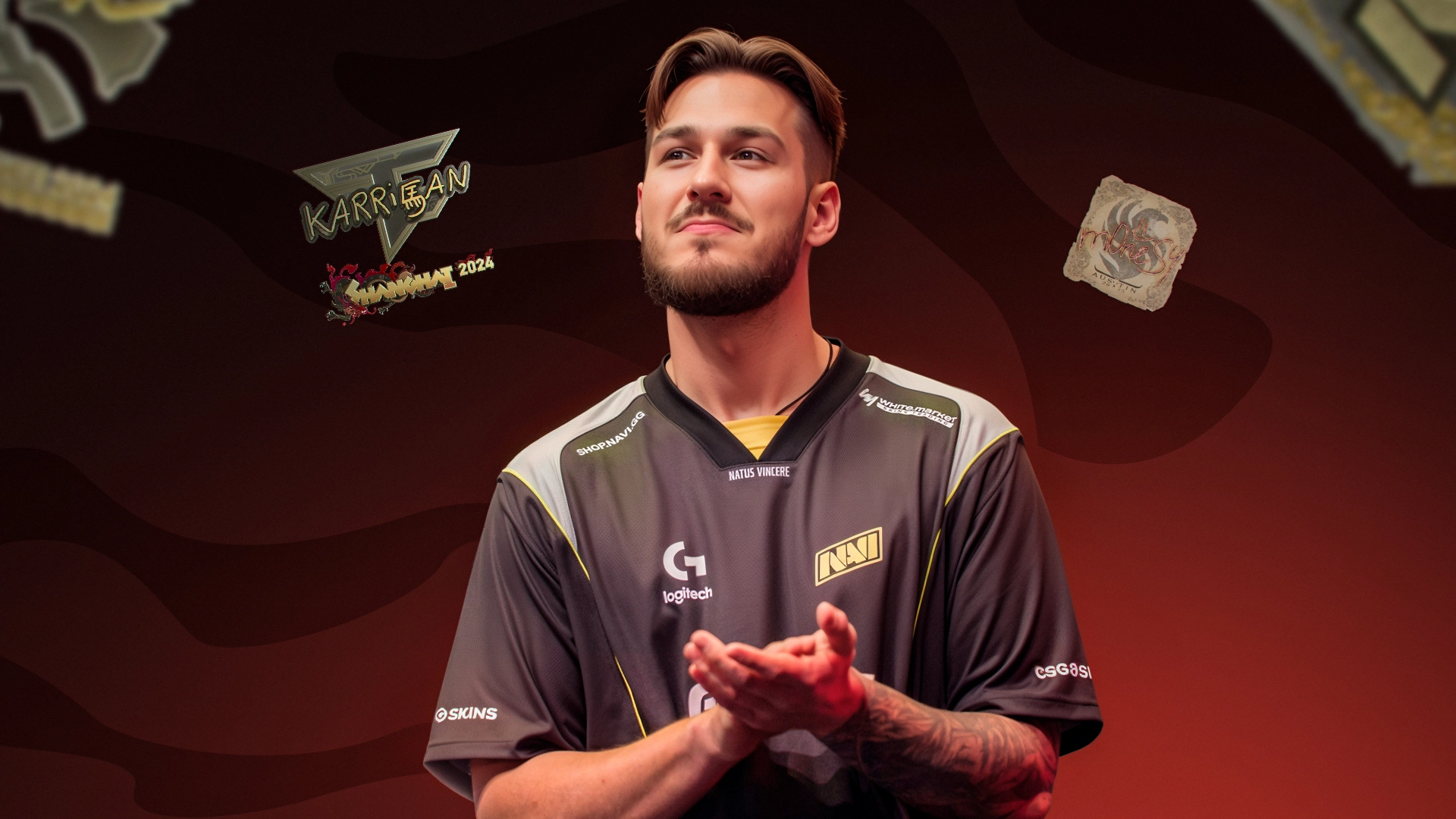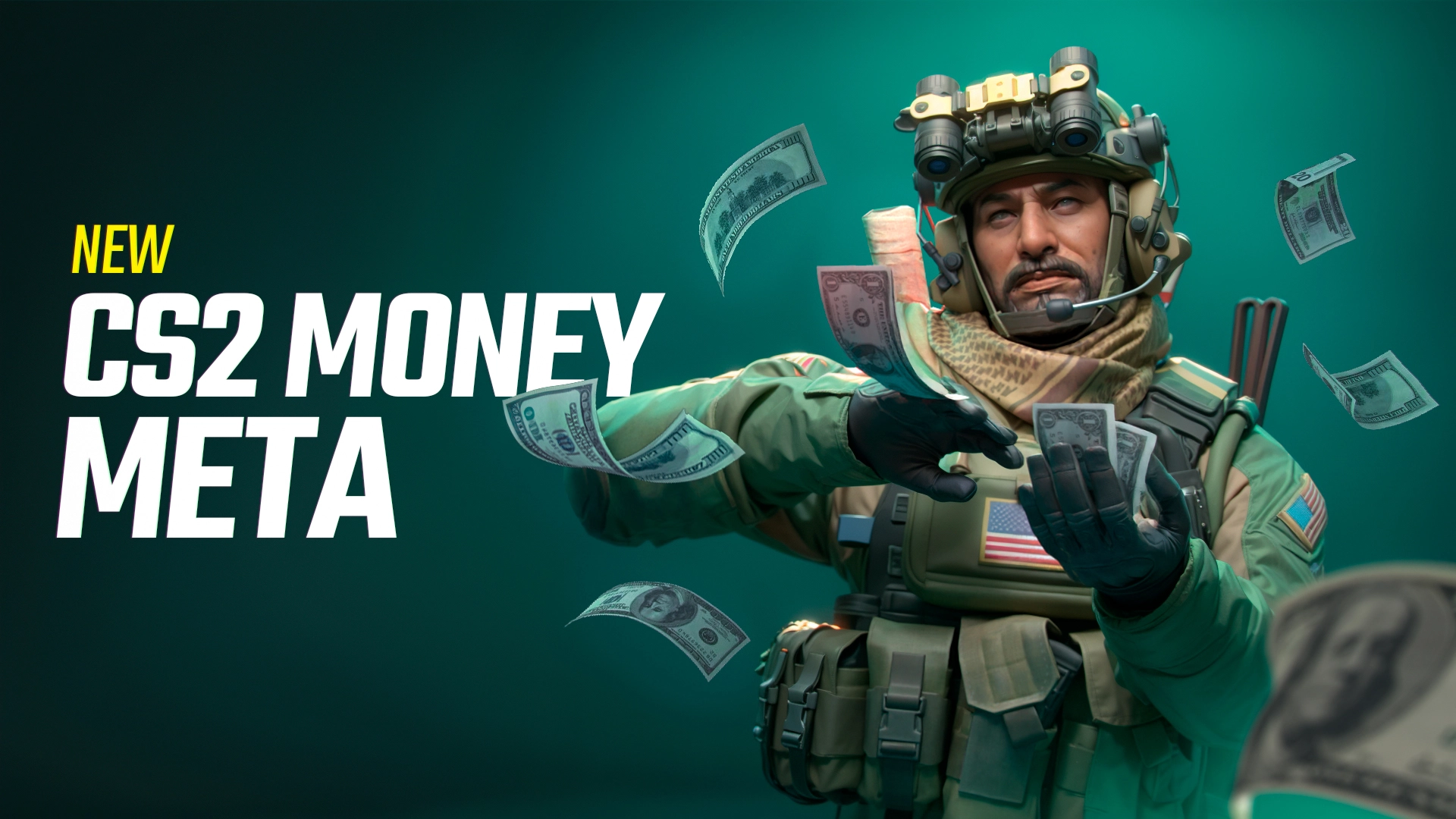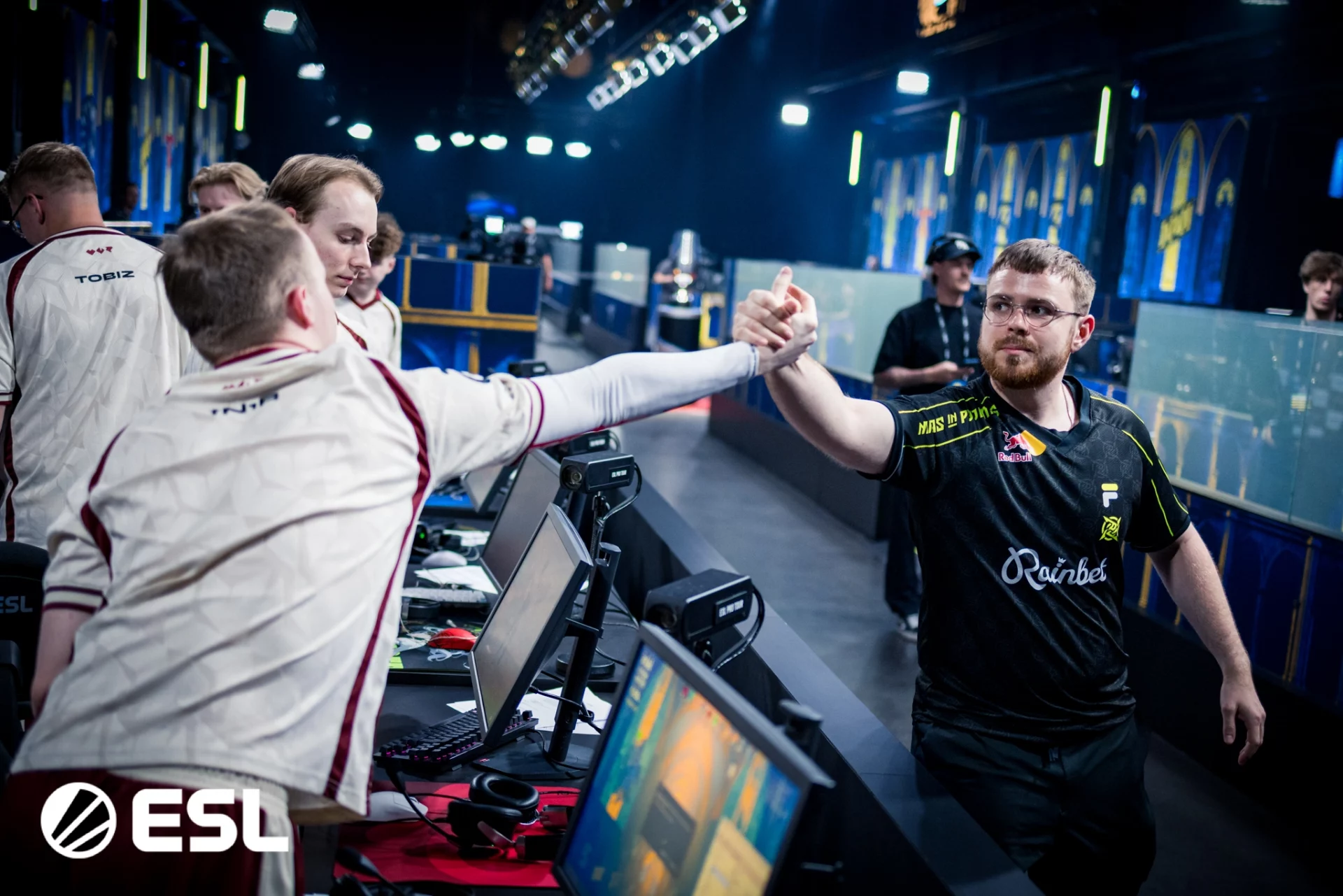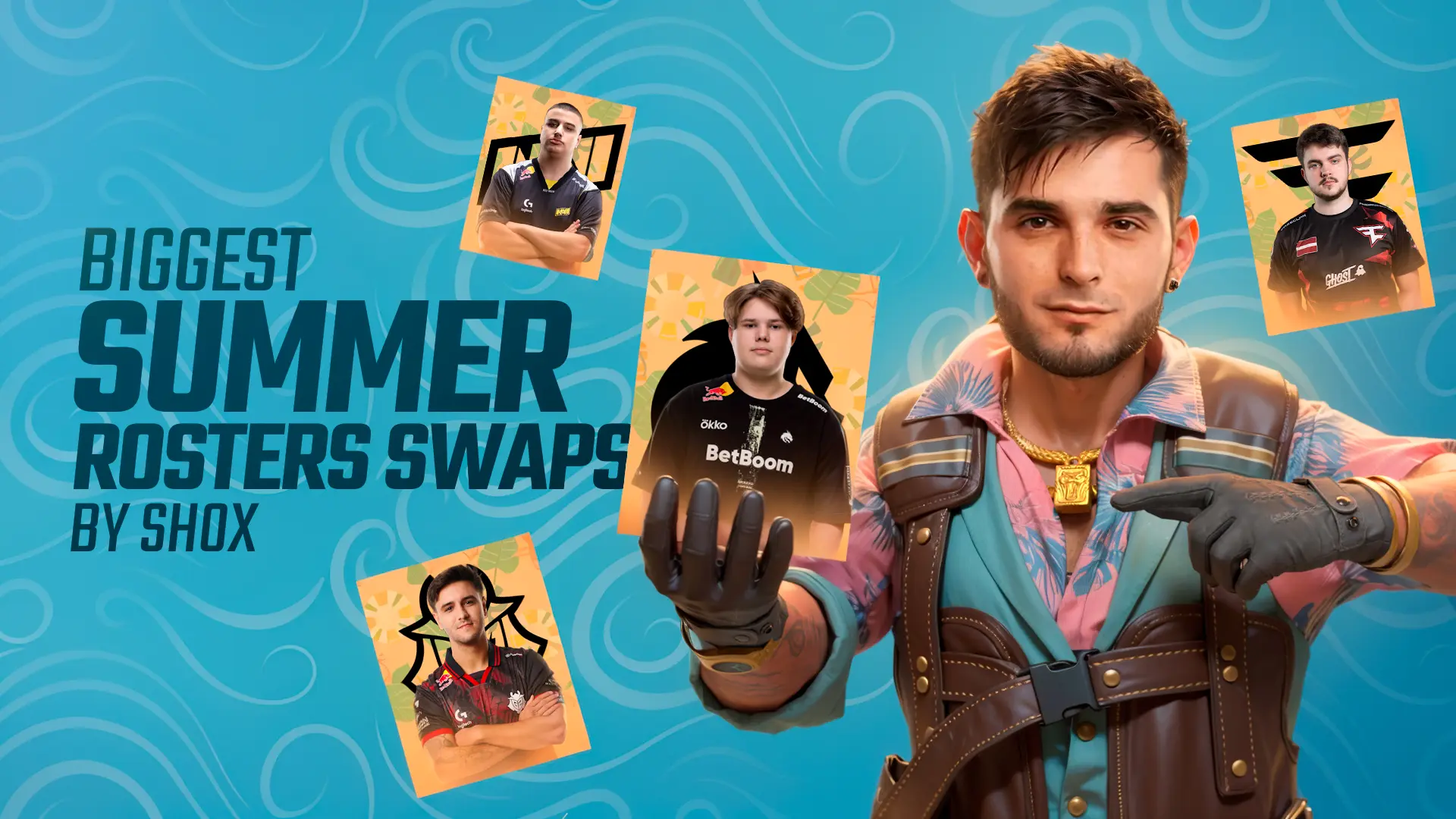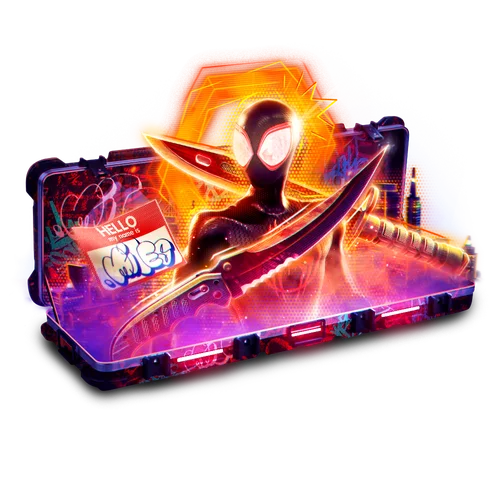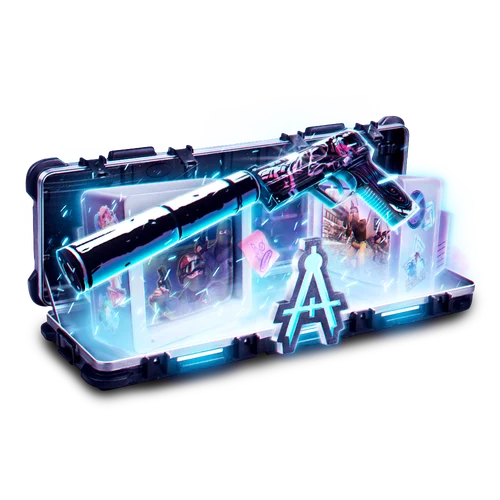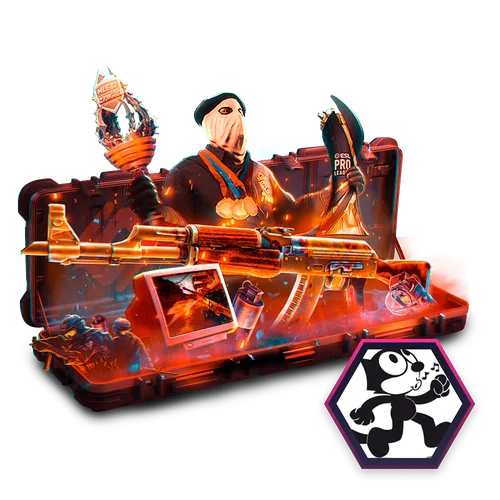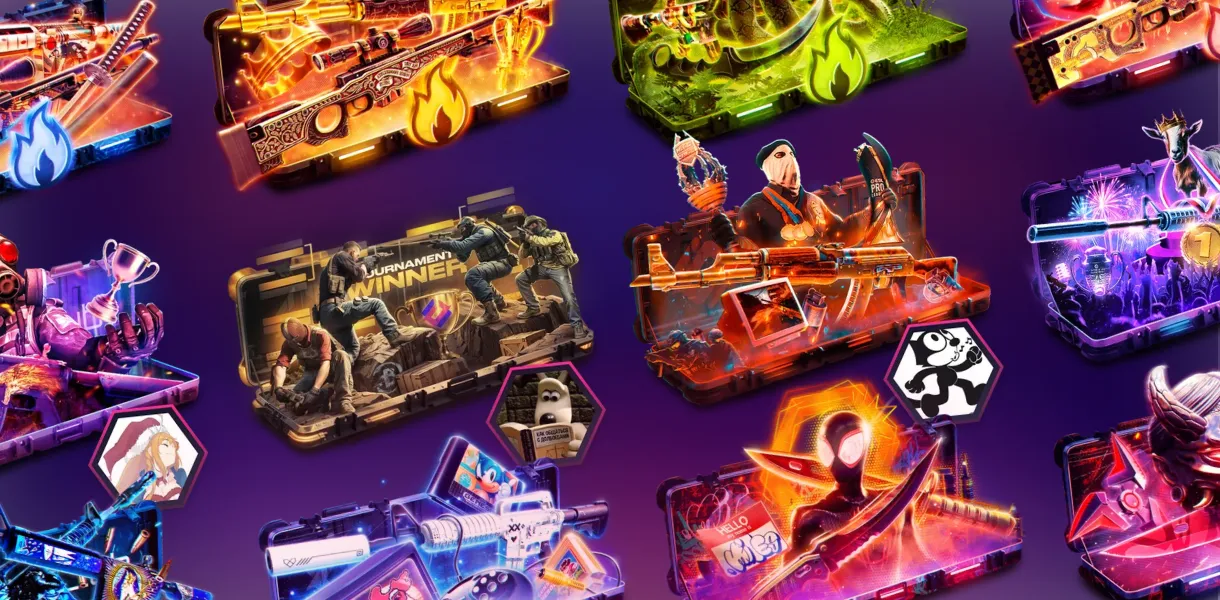Qualifying for a Counter-Strike Major is more than just prestige — it’s a financial game-changer. One of the biggest bonuses? Sticker money. While tournament prize pools are impressive, sticker sales can easily outmatch them, especially during successful Majors like Paris 2023. But how much do players really make from them?
What Determines a Player’s Sticker Income
Sticker money isn’t a flat sum — it varies heavily depending on several factors. First, the more fans buy a capsule, the more Valve pays out. Half of the revenue from each capsule goes to participating teams and players. Second, the specific capsule tier matters. Teams placed in the Contenders, Challengers, or Legends capsules receive different amounts based on how each capsule sells.
Third, the split between team and player plays a major role. Players usually keep 100% of autograph sticker income, but team logo money is split — often 50/50, though some organizations take up to 70%. Lastly, contract terms define who gets what. Some players receive a fixed cut of team stickers, while others only benefit from autographs.
How Much Can Players Earn
Exact numbers are confidential, but over the years many players have shared ballpark figures. Some who played in four Majors have earned between 600,000 and 900,000 dollars from stickers alone. Even attending one Major can bring in over 80,000 dollars if sticker sales are strong.
At peak events like the BLAST.tv Paris Major 2023, individual players reportedly made over 200,000 dollars just from sticker sales. Top-tier teams made up to 4.5 million dollars from a single Major, and smaller teams that qualified for the first time earned over 1.7 million — far more than their total prize winnings that year.
Can You Live Off Sticker Money
Legend player Richard “shox” Papillon explains that while sticker earnings can be impressive, they’re not enough for long-term financial security. According to him, there were Majors where players made just €5,000 to €10,000 — a nice bonus, but not enough to change their lives. On the other hand, some events, like the Paris Major, brought in over €200,000 per player just from stickers. Still, shox emphasizes that income like this is rare and heavily taxed, especially in countries like France.
You end up with maybe €100,000, which is great — but you can’t even buy a house with that, shox says
He estimates that only five to ten players worldwide have earned enough from sticker money to feel truly financially secure. For the majority, it’s a helpful boost — a way to rent an apartment, support their family, or invest in their career — but not a ticket to early retirement. The income varies wildly from Major to Major, and without consistent high-tier appearances, even top-level players can’t rely on stickers as a guaranteed source of wealth.
Ropz’s 2022 Breakdown
A clear example of sticker income’s importance is ropz. In 2022, his total earnings were 791,177 euros. Around 240,000 came from prize money, while the remaining 551,177 euros came from salary and sticker-related payments. That means stickers and base pay accounted for roughly 70% of his yearly income, underscoring how essential sticker revenue can be even for Tier 1 players.
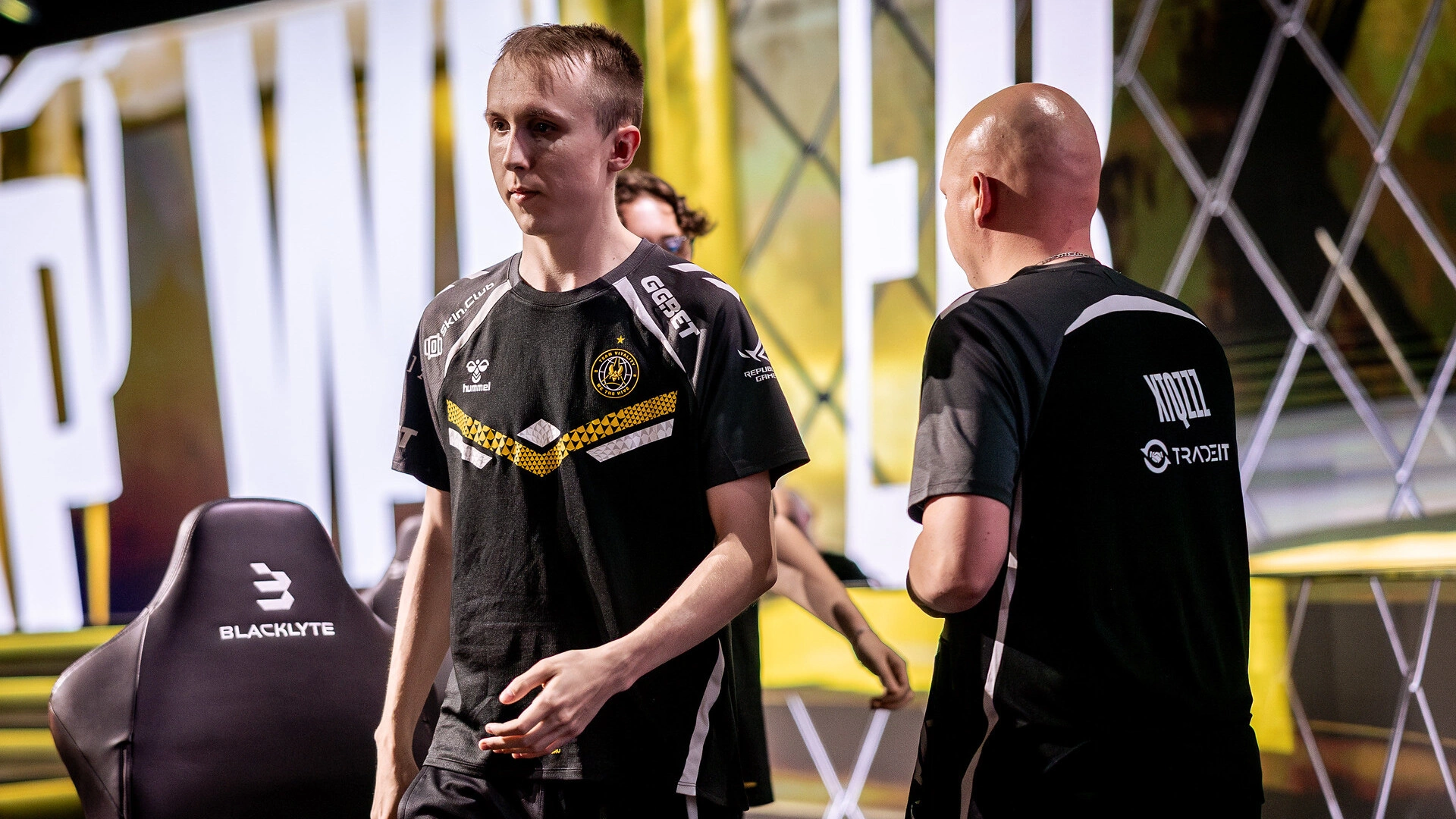
What Can Pro Players Afford with Sticker Money
For many pros, sticker income is what turns their career from sustainable to lucrative. Earning 80,000 to 200,000 dollars from a single Major allows players to pay off long-term rent, support their families, or reinvest into personal development like coaching, travel, and equipment. Some use the money for down payments on apartments, cars, or long vacations between seasons.
In rare cases, when the amount reaches over 300,000 dollars, it becomes possible to buy property outright — although taxes and inconsistent income make that rare. The majority of players treat sticker income as a safety net or smart bonus, not retirement-level wealth, but it still gives them real-world options far beyond what prize money alone can provide.
Why Stickers Matter in CS2
In 2023 alone, sticker sales from a single Major brought in more than 100 million dollars. For most teams, this income far exceeded what they made from prize pools across an entire year. Some of the most well-funded teams in the world — like FaZe — still earned more from stickers than from competing and winning. And for smaller organizations, this kind of income could literally make or break a season.
As the esports industry faces financial headwinds, sticker money has become the most reliable and consistent form of revenue in Counter-Strike. For both players and organizations, making it to a Major isn’t just about prestige — it’s the financial lifeline that holds the ecosystem together.
Your Turn to Tier: Skin.Club Pick’em Challenge
You’ve seen the pros, now it’s your turn to call the shots. With the Skin.Club Pick’em Challenge, you can build your own Major tier list, predict outcomes, and climb the leaderboard based on your CS2 game sense. Choose who dominates, who collapses, and who surprises — all before the matches even begin.
The better your predictions, the higher you place. Rewards include rare CS2 skins, with the ultimate prize — an AWP | Dragon Lore — reserved for the most accurate Pick’em masters. Whether you’re chasing bragging rights or that dream skin, now’s the time to put your tier list to the test.
Final Thoughts
Sticker sales have become one of the most important revenue streams in Counter-Strike. For players, they offer life-changing bonuses that can outpace tournament earnings. For organizations, they’re a financial lifeline in an increasingly challenging industry. While not every Major brings the same explosive income as Paris, one thing is clear — in CS2, success at a Major is no longer just about trophies. It’s about survival, sustainability, and for a lucky few, real wealth.












































